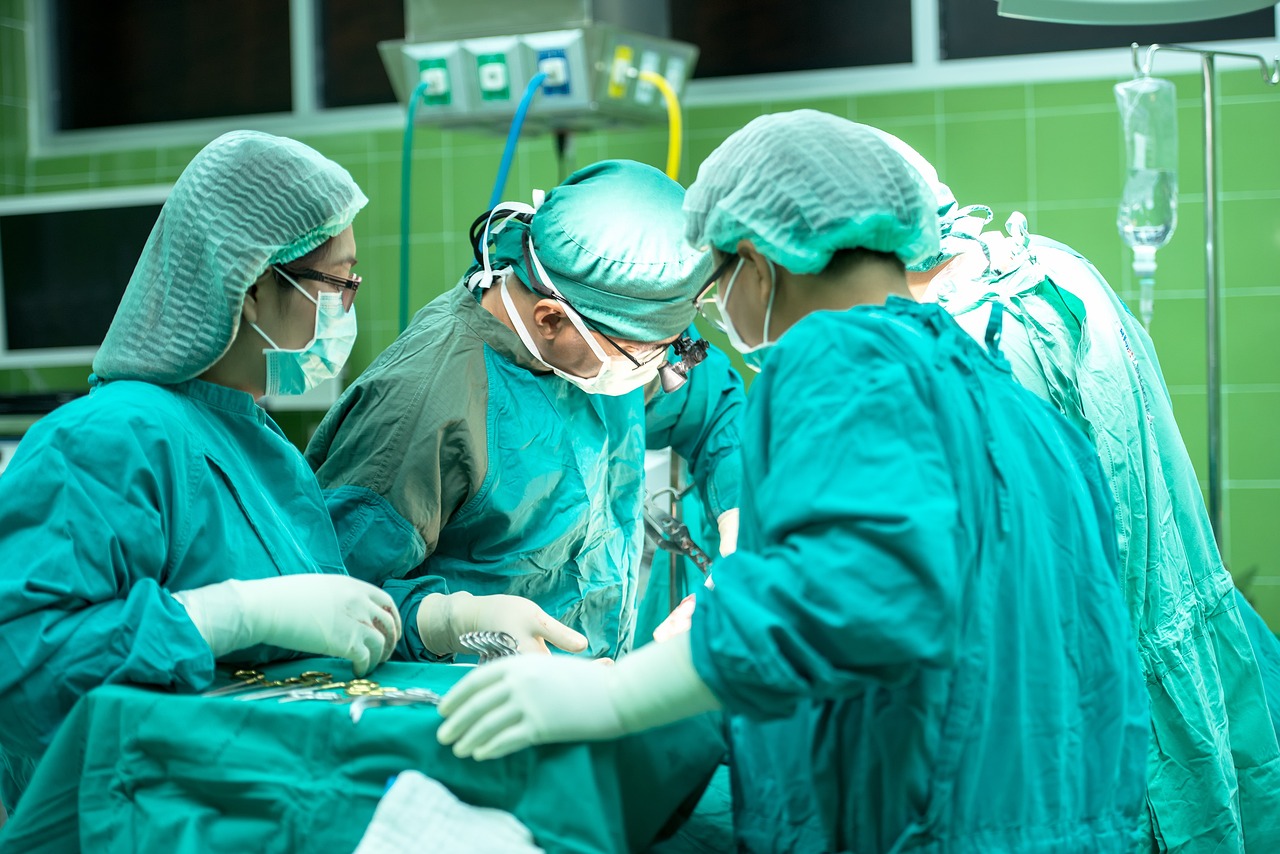Lung Surgery :
An Overview
Lung surgery is a medical procedure performed to diagnose, treat, or remove diseases affecting the lungs. It is commonly used for conditions such as lung cancer, infections, collapsed lung (pneumothorax), emphysema, and lung nodules.
Types of Lung Surgery :
1. Lobectomy – Removal of one lobe of the lung, commonly for lung cancer.2. Pneumonectomy – Removal of an entire lung, usually for extensive lung disease or cancer.
3. Segmentectomy – Removal of a segment of a lung, preserving as much healthy tissue as possible.
4. Wedge Resection – Removal of a small, wedge-shaped portion of the lung, often for small tumors.
5. Thoracotomy – Open surgery involving a large incision to access the lungs.
6. Video-Assisted Thoracoscopic Surgery (VATS) – A minimally invasive procedure using small incisions and a camera.
7. Lung Transplant – Replacement of a diseased lung with a healthy donor lung.
Why is Lung Surgery Performed? :
• Lung cancer or tumors• Chronic lung diseases (e.g., COPD, emphysema)
• Lung infections or abscesses
• Pulmonary fibrosis
• Lung injury or trauma
• Pleural diseases (fluid or air accumulation around the lungs)
Risks and Recovery :
Lung surgery carries risks such as infection, bleeding, pneumonia, and breathing difficulties. Recovery depends on the type of surgery, overall health, and post-operative care. Patients may need rehabilitation, oxygen therapy, and lifestyle modifications to improve lung function.
Emergency Number
For Emergencies, Please Contact :
+91 919913176936
Hiyaa Heart Care
201-202, 2nd Floor, Excellent Business Hub,
Opp. Venus Hospital, Lal Darwaja, Surat.